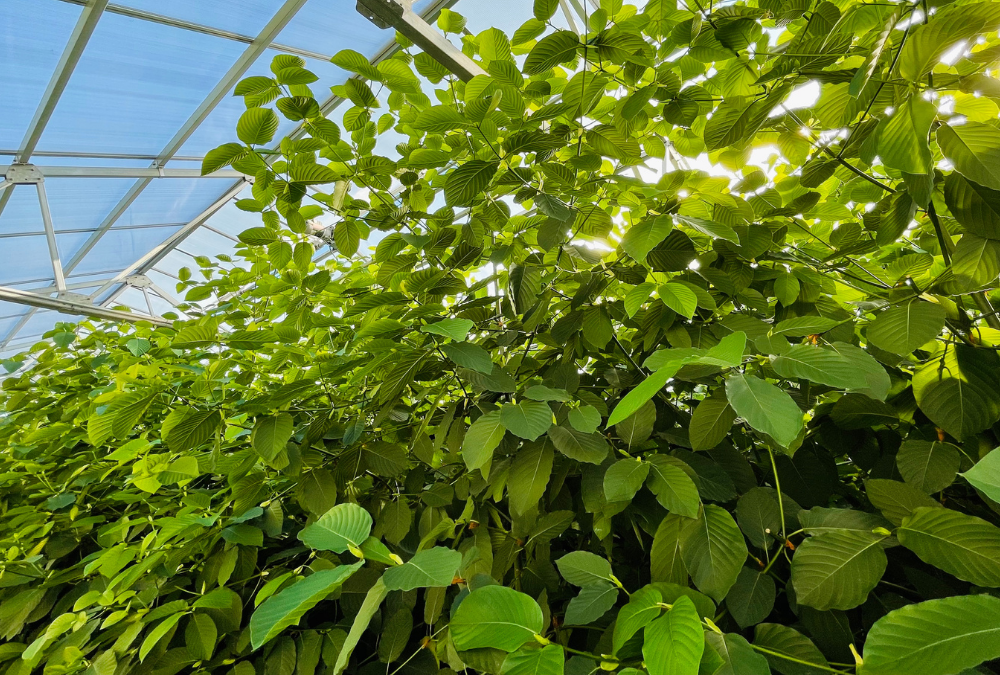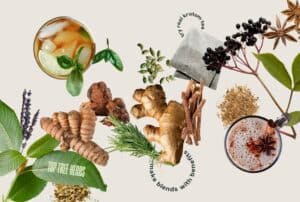So it does grow on trees?
Kratom is a popular product that has been used for hundreds, if not thousands, of years. For most of its history, it has been consumed in its native region of Southeast Asia. The epicenter of kratom culture has always been Thailand. Yet today, the American market for kratom is quickly catching up. It won’t be long before the American kratom culture rivals its Asian counterpart.
Yet, what is kratom really? In the U.S. it’s often sold as a fine powder, marketed as a natural product that’s energizing or relaxing. Yet there is much more to kratom than the fact that it is a natural product. Where does the powder actually come from? In past blog posts, we’ve covered the basics: kratom is in fact a plant – a tree!
The powder that most vendors sell comes from kratom tree leaves. It sounds like a pretty basic fact, but because most of the kratom circulating in the American market is bags full of powder, a lot of people aren’t yet aware. Let’s get to the root of the question: what in the world is a kratom tree? (Pun quite obviously intended.)
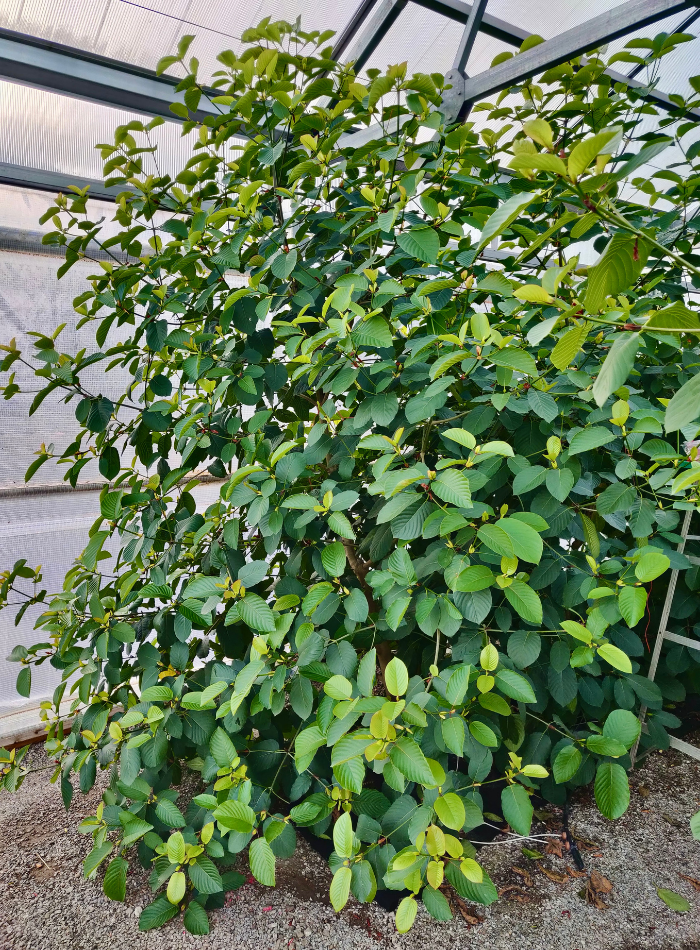
The Kratom Tree: An Introduction
Kratom is the name of the Mitragyna speciosa plant, as well as the colloquial term for its leaves. Kratom trees grow naturally in southeast Asia. In these regions, and specifically in Thailand, a culture has developed around its use.
In essence, kratom culture develops around the practice of consuming the kratom leaves. Unlike in the United States, where it is common practice to swallow the leaf particles, most of the SE Asian kratom consumption avoids swallowing any leaf matter.
Chewing Kratom Leaves
Throughout most of kratom’s history of use by people, the leaves have been chewed shortly after being plucked from the tree. The process is pretty simple. First, you remove the leaf from the kratom tree. Secondly, you fold the leaf in half and quickly pull the stem from the body of the leaf. Discarding the stem, the leaf is then folded into a tight, rolled up quid.
This quid is then gently chewed on to mix saliva with the leaf, and to move the juice through your mouth. After a few seconds of inserting the leaf into your mouth, you can spit it out. In a matter of seconds, a slight numbing sensation will pervade your mouth. And in a few minutes, a rush of clean energy will motivate you to push on through your day.
Unsurprisingly, this way of using kratom is most prevalent among farmers. Long, backbreaking work in the heat of the tropics can quickly zap you. Many Thai farmers, for centuries, have heralded kratom as their secret to success.
Kratom Tea
However, chewing kratom leaves isn’t the only traditional way kratom is consumed. A very popular, and frankly more enjoyable, way of using kratom is by brewing it into a tea. To make this tea, fresh leafs are added to a pot of water. This decoction is simmered over a fire for three to four hours. The kratom tea is then divided out among friends, family, and co-workers, and sipped throughout the day.
In this area of the world, drinking kratom tea is about as exciting and novel as drinking coffee is in the United States. It has hardly any stigma, and generally serves the same utilitarian purpose. It is enjoyed in social settings, and for work. Young and old alike partake. The main difference is that there is a distinct lack of sassy, embroidered pillows requesting you not talk to them until they have their morning kratom tea.
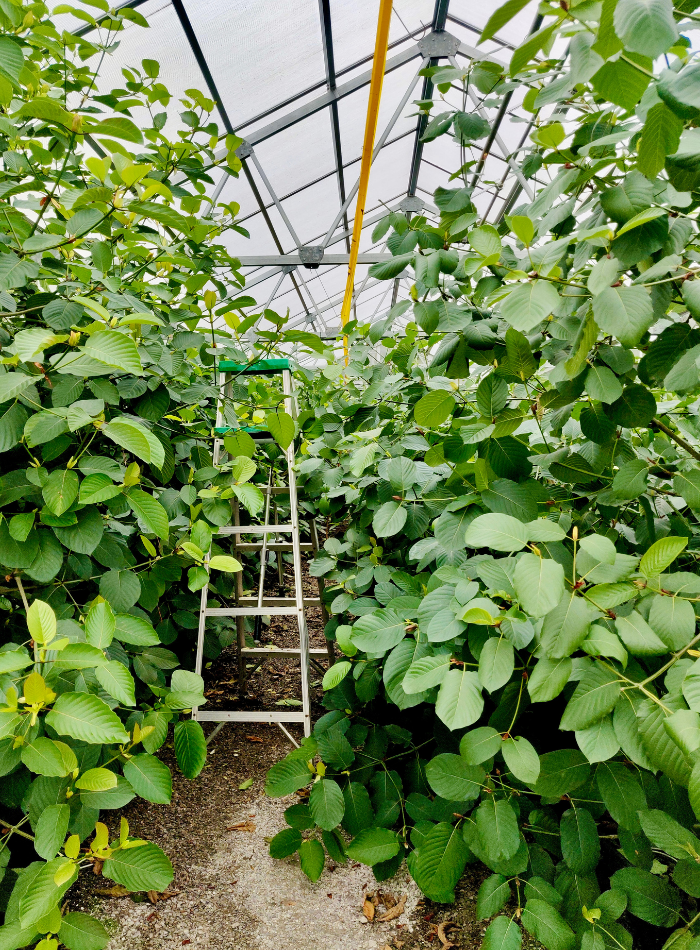
Swallowing Kratom Powder
In the United States kratom is used differently. Here, there are not any traditions which guide the use of kratom. Instead, it is brought to the States in bulk without any description of how to properly use it.
Furthermore, to save on shipping costs, the dried kratom leaves are ground into a fine powder to maximize the amount that can fit into shipping containers.
To many, the most logical conclusion is to swallow the powder. Think about it. If you were presented a powder and said that you needed to consume it, how would you go about it?
This has resulted in the popularization of the toss and wash method, as well as the growing appeal of kratom powder capsules.
To be clear, swallowing the leaf powder does result in similar effects as the traditional ways of taking kratom. However, swallowing grams of a dried leaf do come with their fair share of disadvantages.
Mainly, stomach issues like nausea as well as dehydration. Since kratom has been used for hundreds, if not thousands, of years, it makes sense to assume that swallowing the leaf was tried at one point. The fact that it is not in common practice today says it all.
What is a Kratom Tree?
Now we have the basic understanding of what kratom is, let’s get into the kratom tree. Kratom, or Mitragyna speciosa korth, is an evergreen tree. It grows in tropical forests in southeast Asia. It is recognized by its large, bright green leaves with sharp veins underneath. The bark is a light grayish-brown. It grows in alternating nodes, sending off symmetrical branches at 45 degree angles while continuing straight upwards.
The trees will grow quite large in the wild. It has been noted that some trees reach 25 meters tall with a diameter of three feet. Since kratom is very much a tall tree, collecting the leaves is a dangerous task and not for the faint of heart.
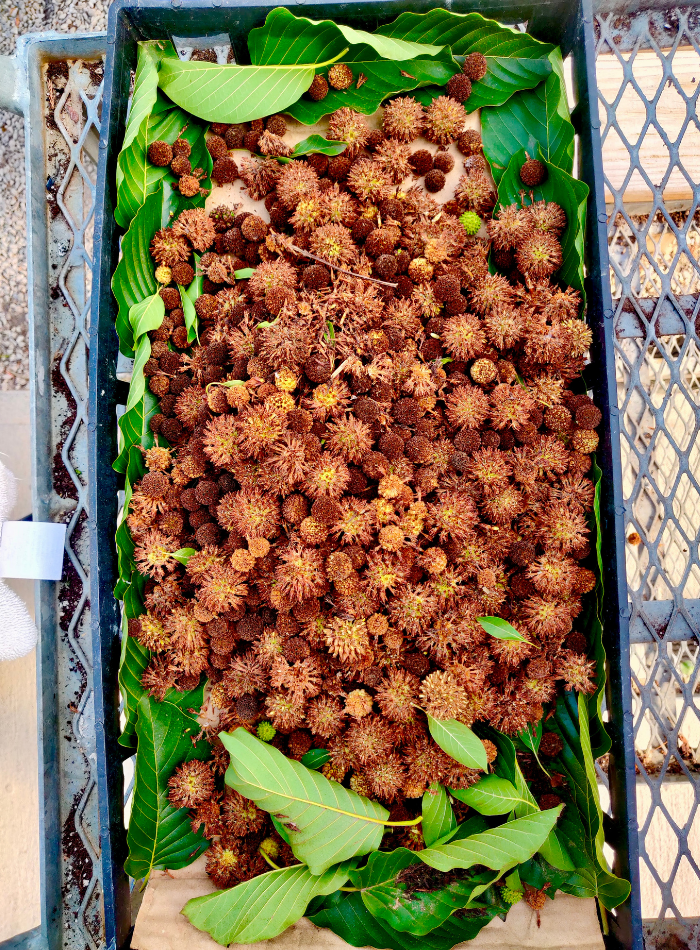
Trees are not always grown outside or found in the wild, however. As kratom grows in importance as a commodity, growers are getting more creative. Kratom trees no longer have to be grown in tropical settings as farmers are beginning to take advantage of greenhouses. In fact, Top Tree Herbs own kratom greenhouse is located in northern Appalachia, the northernmost kratom growing operation in the world!
Coffee Family
All plants are classified into various taxonomic groups based on their genetic heritage. Kratom, or Mitragyna speciosa, is in the Rubiaceae family. It’s species is speciosa, the genus is Mitragyna, the family is Rubiaceae, and its in the order Gentianales.
Let’s imagine a typical family structure. There’s you, a unique person. That’s analogous to the species level. Your siblings share much in common with you, and there are times when you may be mistaken for one another. You share the same last name. That’s the genus.
And then there are your parents, your aunts and uncles, and their children, your cousins. That’s your family – both literally and as part of this analogy. Some of you even share the same initials (the roots of your name). You all may share some distinct features like hair color, height, skin tone and even things like athleticism and habits. You’ve got a similar genetic past, and potentially a similar environment that you grew up in.
Finally, order is equivalent to the collective grouping of all people. You won’t mistake a person for an ape (hopefully), but that’s where the comparisons stop.
The point being, kratom comes from a very important and beloved family. While it might not be the star of the family, it is quickly rising in popularity. So who is kratom’s most famous cousin? Well, none other than coffee. Man, some families get all the luck!
Kratom Flowers
Almost everything you’ll read or hear spoken about kratom will concern the leaves. That makes sense if you only have an appetite for the effects. Yet since we’re on the broader topic of the kratom tree, we should expand our focus. If you have an appetite for beauty, the kratom flower is a feast.
The flower resembles a pointy sphere, and not the typical flat faced shape common to most flowers. Coupled with its potent, perfuming aroma, this shape allows several pollinators to share it at once. In our greenhouse, we’ve witnessed three honey bees collecting pollen from one flower at the same time.
As the flower matures, it goes through color changes. When it first makes an appearance on the limb, it will be small and green. Quickly, however, it blossoms into a golden sunset color. Fine details and hairs emerge with this color change. As the flower ages and dries, it fades into a dark orange and brown color.
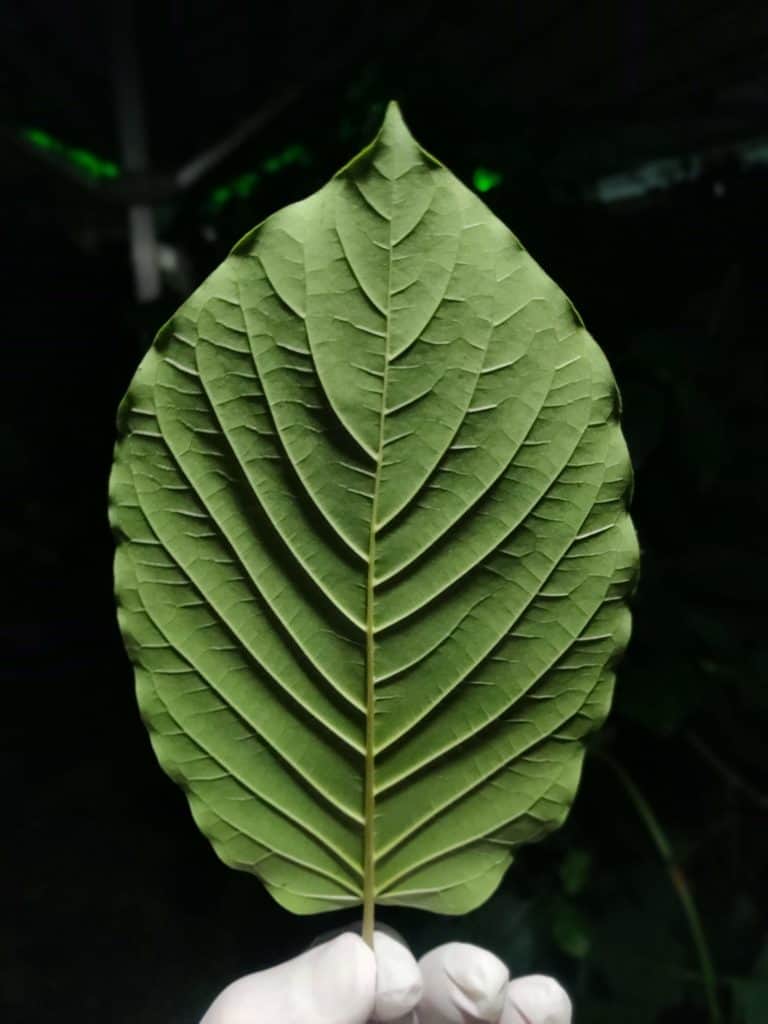
Kratom Seeds
Once brown, the flower becomes a vessel for the miniscule kratom seeds. Kratom trees produce tens of thousands of seeds per flower. For an entire kratom tree, there are easily millions of seeds produced per season. This is evolutionarily necessary as getting a kratom tree to germinate is quite difficult.
The difficulty of propagating new trees through seeds is one of the reasons why kratom farmers will typically “clone” their trees instead of planting seeds. This is done by taking cuttings and coaxing them to root. There are many benefits to doing this, but results in zero genetic diversity.
Kratom Leaves
As we discuss kratom trees, it would be impossible not to mention the leaves. Kratom leaves are the reason we’re even talking about kratom trees in the first place.
The leaves are a bright, healthy green color. They grow opposite one another at nodes on the limb. They are keel shaped, and come to one strong tip. The underbelly of the leaf has sharply defined capillaries and mimics the bifurcating nodal pattern of the kratom tree itself.
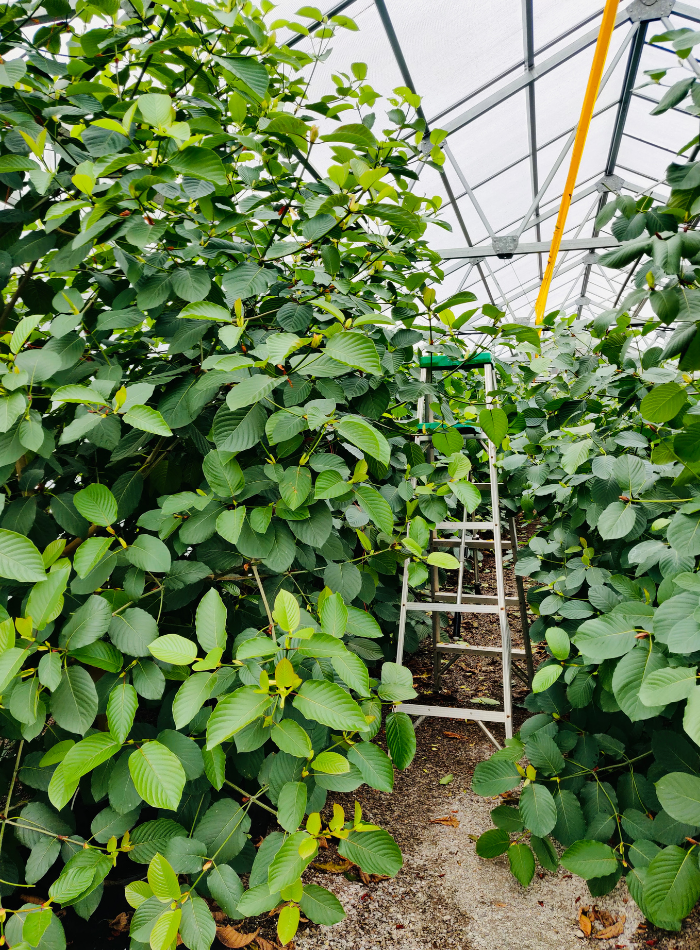
In the leaves we find the highest concentration of kratom alkaloids. These alkaloids are currently believed to be behind the effects that are felt when consumed.
The most abundant alkaloids are mitragynine, paynantheine, speciogynine, speciociliatine, 7-OH-mitragynine, mitraphylline, isorhynchophilline, and corynoxine.
Over forty alkaloids have been discovered in the leaves of the kratom trees so far. The same alkaloids are also found in the bark of the limbs and trunk of kratom trees, but to a lesser extent.
Kratom Tree Growth Patterns
Kratom trees are voracious growers. In our Top Tree Herbs greenhouse, they will put on 10-14 inches a month during the spring and summer seasons. As our greenhouse is only 20 feet at its peak, and 14 feet elsewhere, we frequently trim off the tops.
As such, our kratom trees are more aptly called kratom shrubs. Regardless, the leaves are every bit as potent as the towering trees of the southeast Asian tropics.
Kratom Growers Guide
Kratom trees are an incredibly important part of many cultures in southeast Asia. Soon, they will become an integral part of the American agricultural economy. Like industrial hemp and medical marijuana, it is just a matter of time before the kratom tree industry explodes into the American mainstream.
We hope this post has been helpful in connecting you with the natural world responsible for our beloved kratom teas and other kratom products.
If you’ve ever wanted to grow your own kratom tree, sign up for our newsletter below to be informed when our “Kratom Growers Guide” becomes available!
